Physical Medicine Approaches in Rehab
Physical medicine in rehabilitation uses non-invasive, non-surgical methods to manage musculoskeletal and neurological conditions. Approaches include therapeutic exercises, manual therapy, and pain-relief modalities like ultrasound and electrical stimulation, all designed to relieve pain, improve strength, and restore mobility. Physical medicine emphasizes personalized treatment plans based on patient-specific needs, aiming to help individuals return to daily activities while preventing re-injury. This approach often combines physical therapy with lifestyle changes, encouraging sustainable health benefits. Such methods are particularly effective in chronic pain management, post-operative recovery, and rehabilitation following sports injuries, empowering patients to regain independence and improve their quality of life.
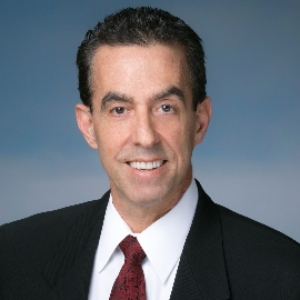
Jay Spector
American Academy of Podiatric Sports Medicine (AAPSM), United States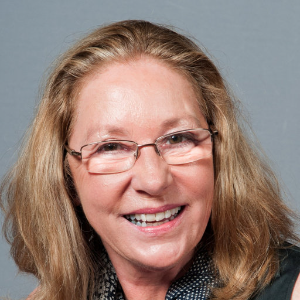
Marcia J Scherer
Institute for Matching Person and Technology, United States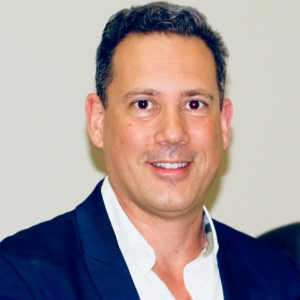
Marcos Brioschi
American Academy of Thermology, United States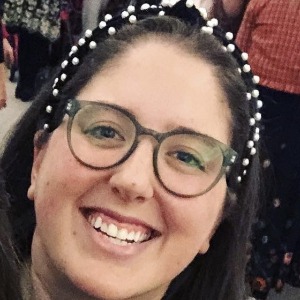
Blair Gorenberg
Shirley Ryan Abilitylab, United States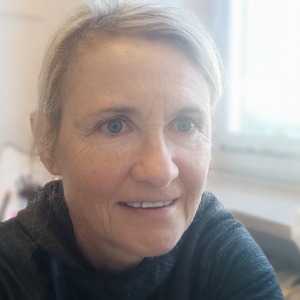
Roberta Sartori
IRCCS Materno-Infanitle Burlo Garofolo, Italy
Cho Li Yin
Taichung Veterans General Hospital - VGHTC, Taiwan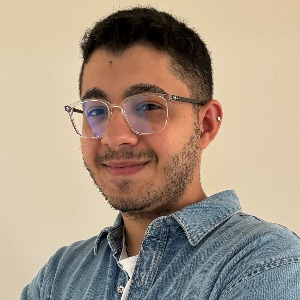
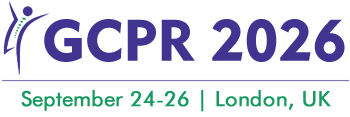



Title : Best practice guidelines for the use of pharmacological neuromodulation in disorders of diminished motivation: A comprehensive approach
Vaidya Balasubramaniam, Illawarra and Shoalhaven Local Health District Hospitals, Australia
Title : A forgotten component of knee osteoarthritis
Ron Blehm, EEI Physio LLC, United States
Title : Functional outcomes of DSSA-Based pelvic rehabilitation combined with manual therapy and electrostimulation in men after oncologic surgery: A retrospective case series
Eren Uyar, Fizyomen Physiotherapy & Rehabilitation Center, Turkey
Title : We are living and working in the age of individualization
Marcia J Scherer, Institute for Matching Person and Technology, United States
Title : Efficacy of Inspiratory Muscle Training (IMT) in post-weaning ICU recovery: A clinical randomized controlled trial
Warda Khan, Chongqing Medical University, Pakistan
Title :
Subramanya Adiga, Middlemore Hospital, New Zealand